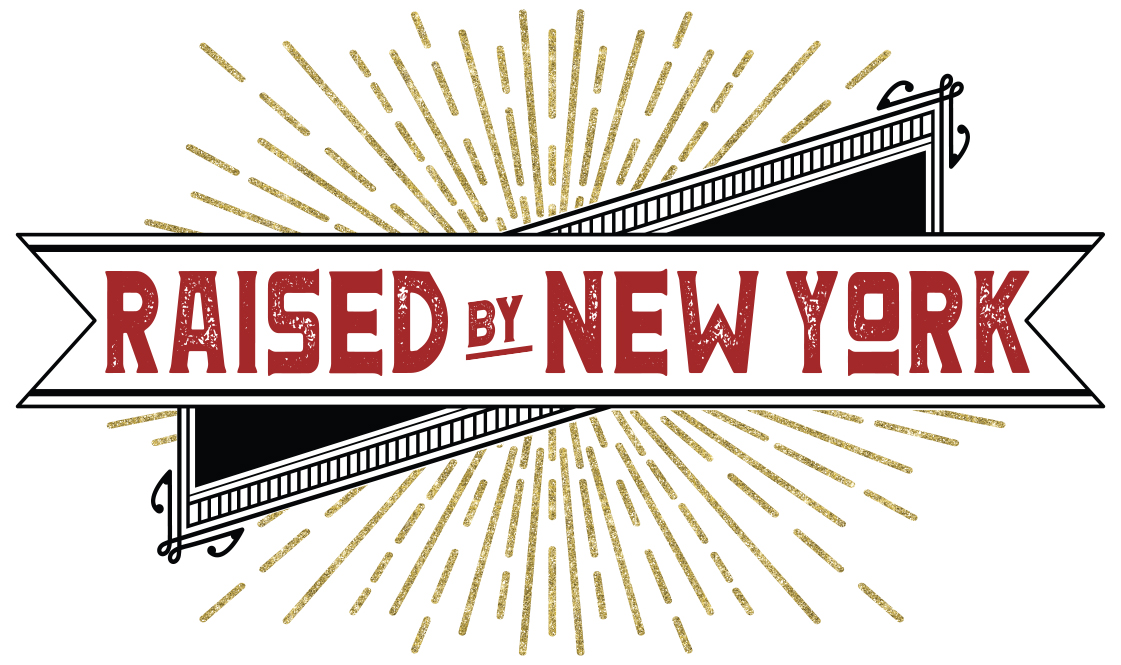The First Bank-Robbery in the United States
On March 19th, 1831 in the dark of the night, the City Bank (precursor of Citibank) on Wall street was robbed of $245,000 (equivalent to $6 million in todays money) by James Honeyman, a career grifter who used the alias Edward James and his accomplice William Murray. Both Englishmen had done time together at the Botany Bay penal colony in Australia.
City Bank
The pair had gained entry with a set of duplicate keys carefully made from wax impressions
of the door locks by Honeyman's brother in law, a locksmith. They emptied out the vault and some safe deposit boxes and disappeared undetected.
When the theft was discovered the next day, suspicion fell on the employees because there was no sign of forced entry.
The owner of a boarding house in Lower Manhattan snitched on James and Murray after a maid had observed them dividing up a large amount of money in their room.
The duo had robbed a store in Brooklyn the year before.
High Constable Hays, a consummate man of the law immediately swung into action and apprehended Honeyman; Murray escaped to Philadelphia but was eventually caught.
$65,000 of the loot was spent before it could be recovered including 400 gold doubloons.
Honeyman and Murray were sent to SingSing for 5 years hard labor.

